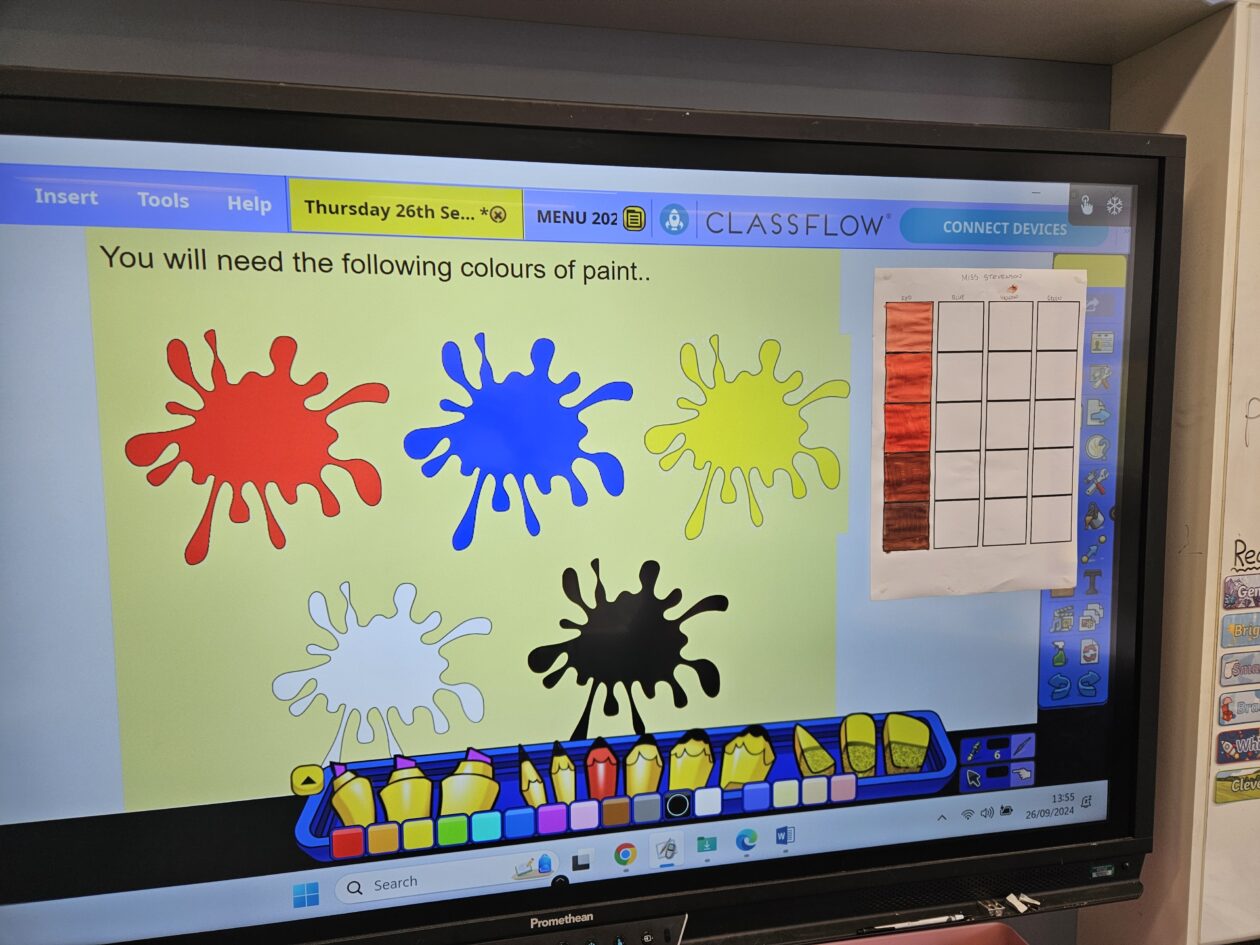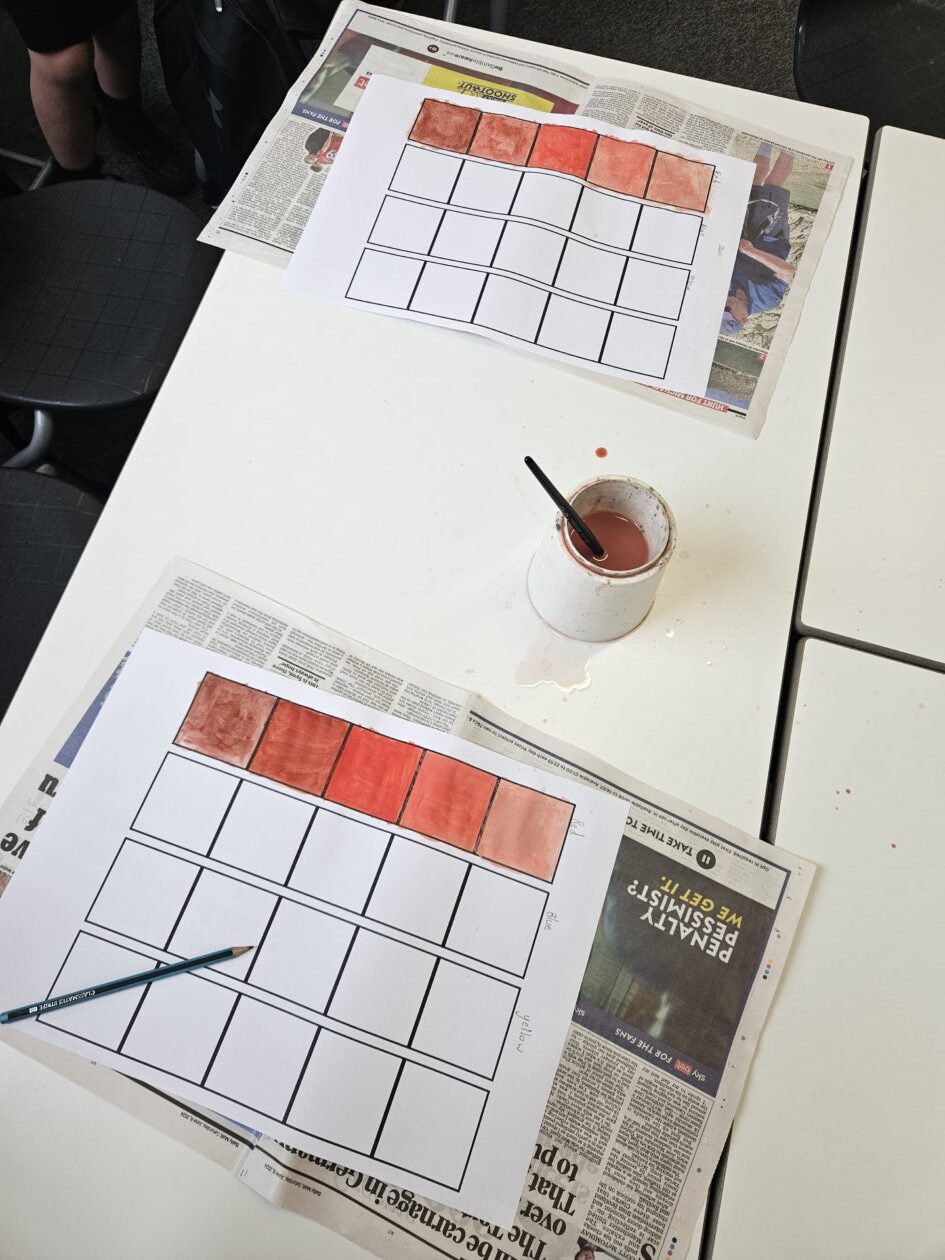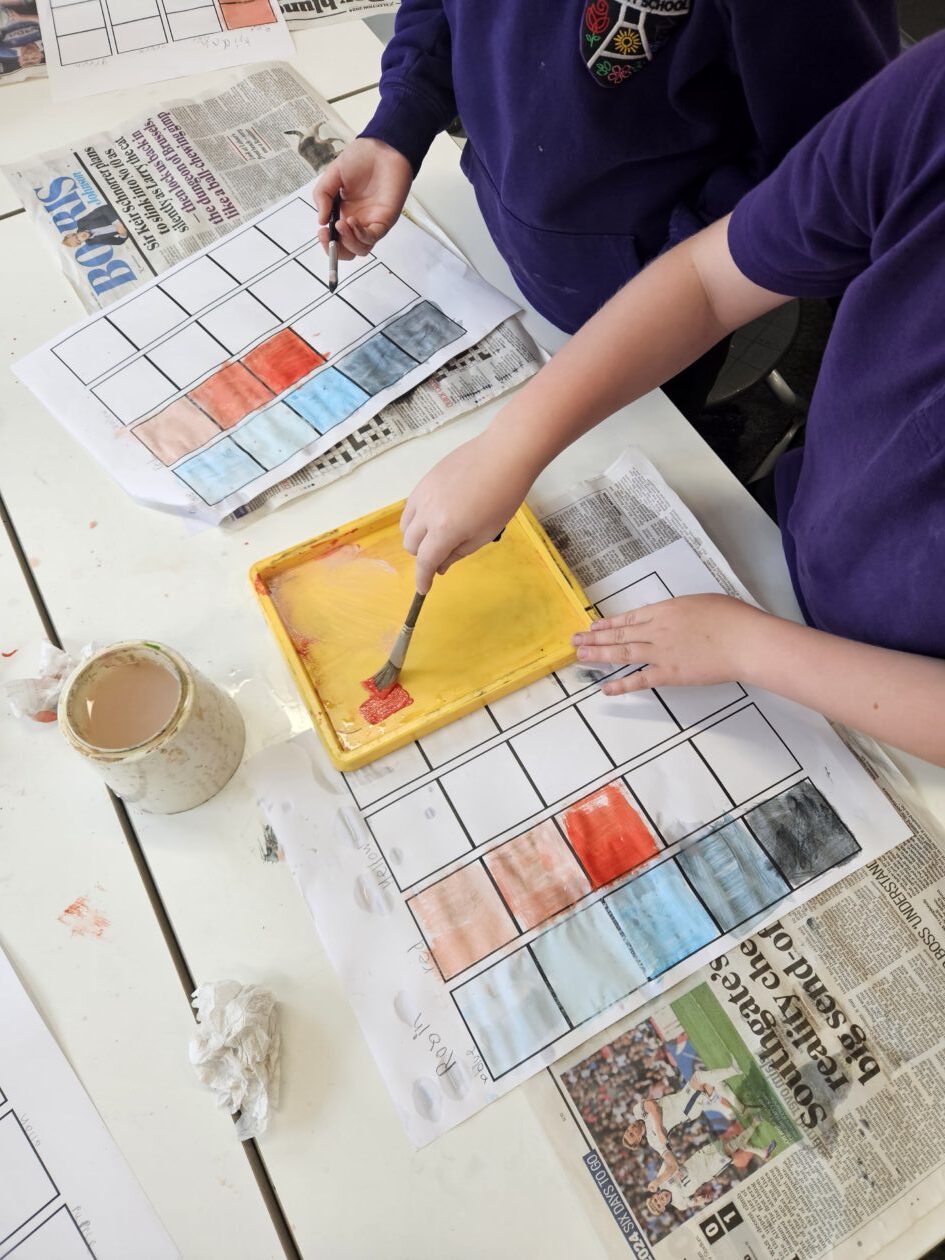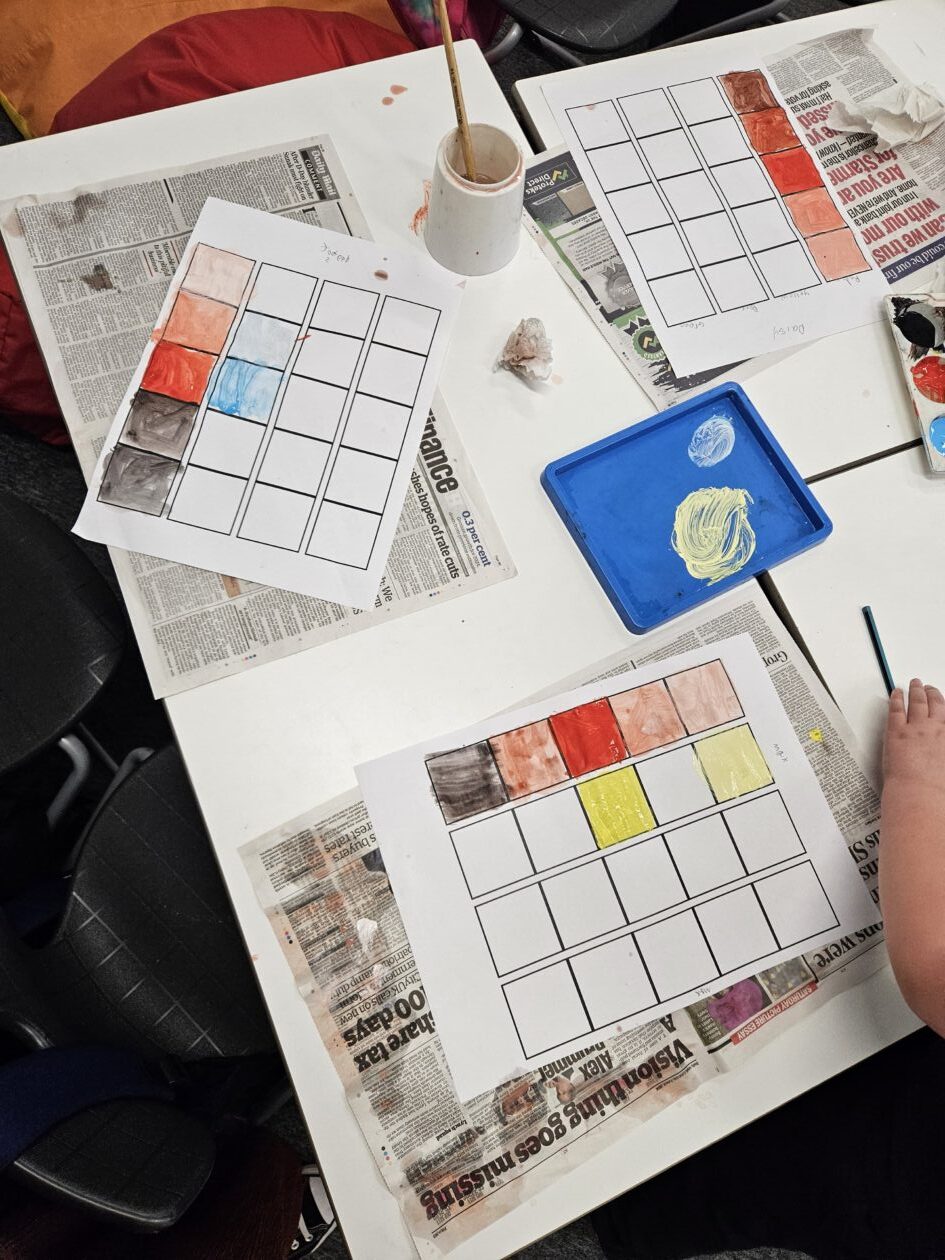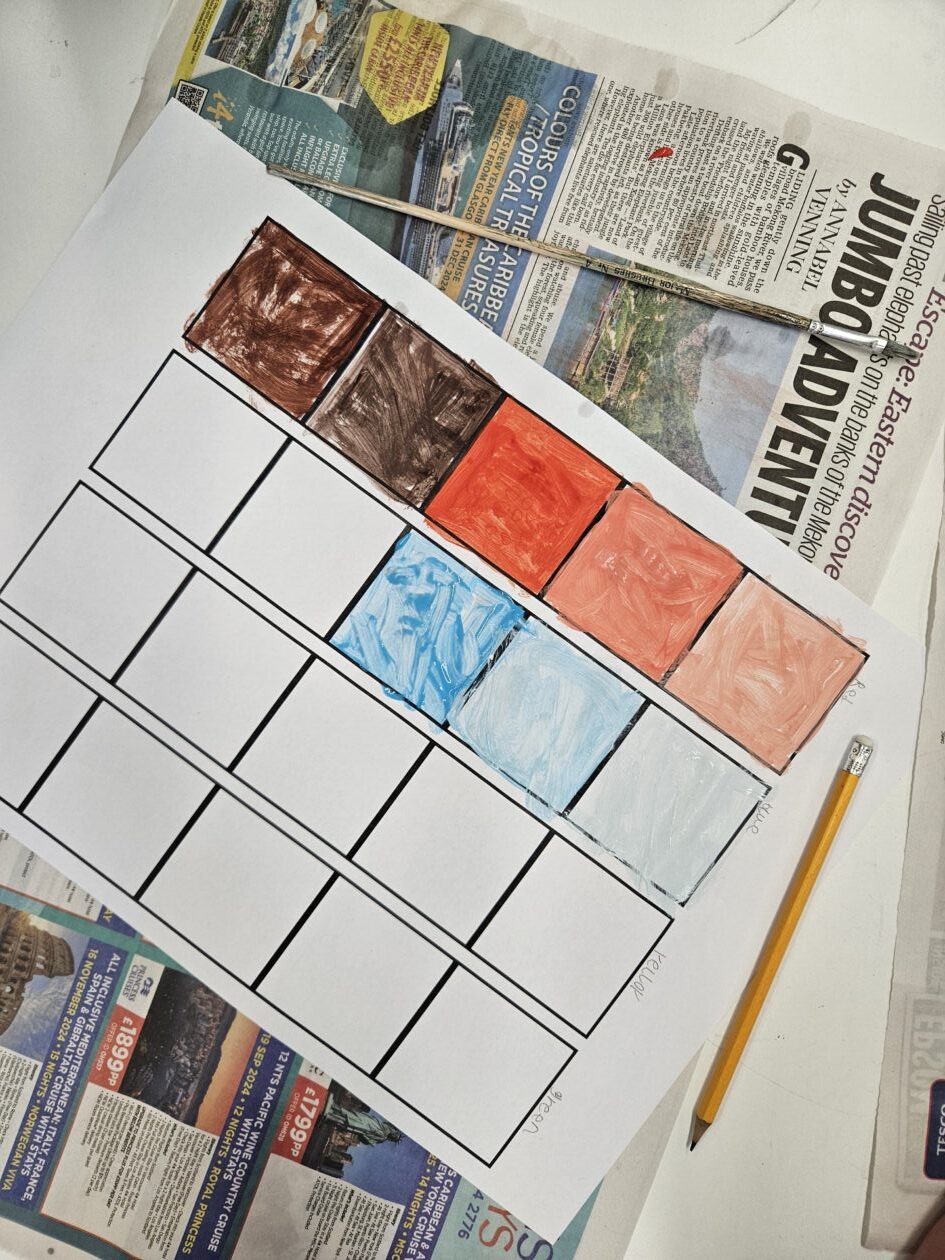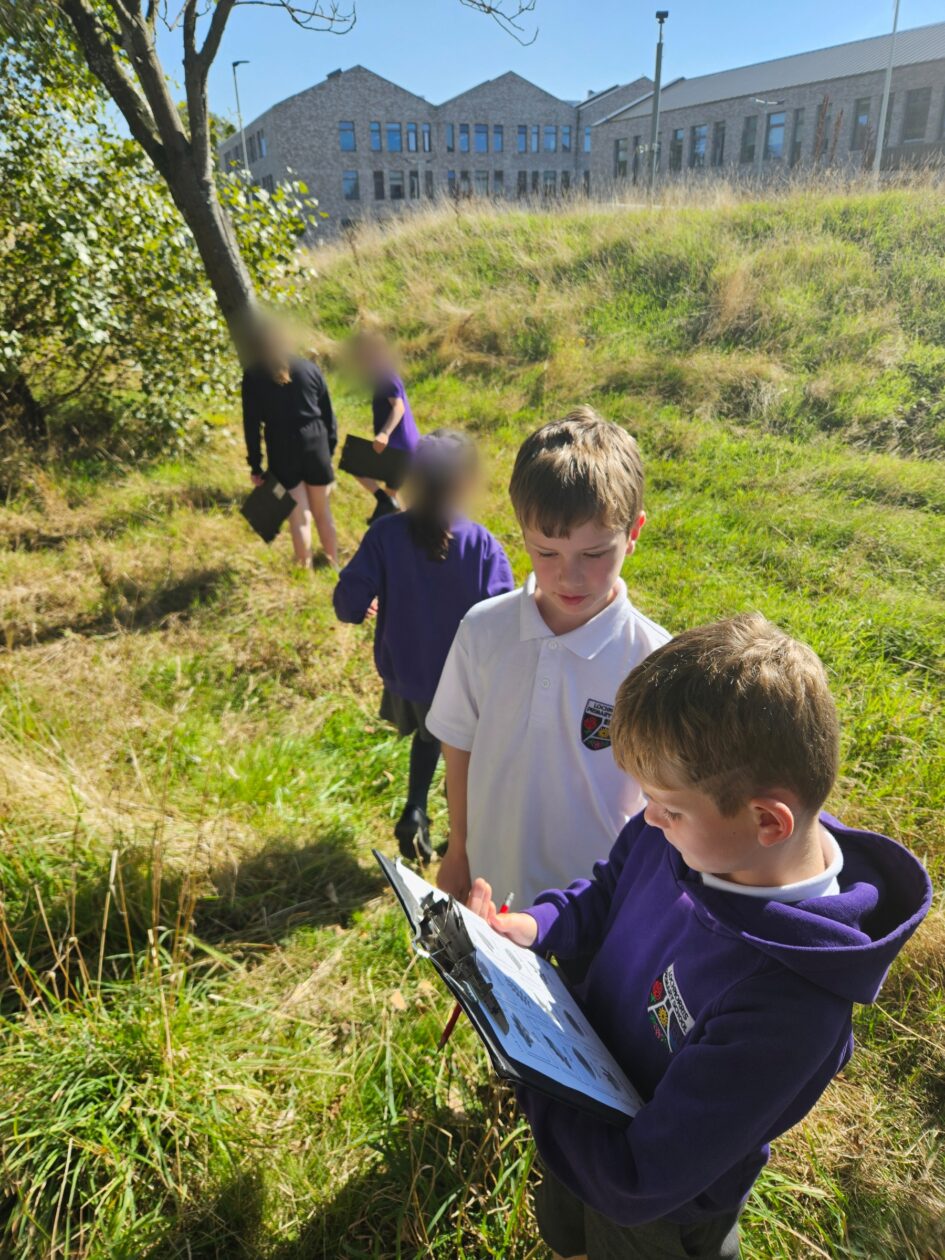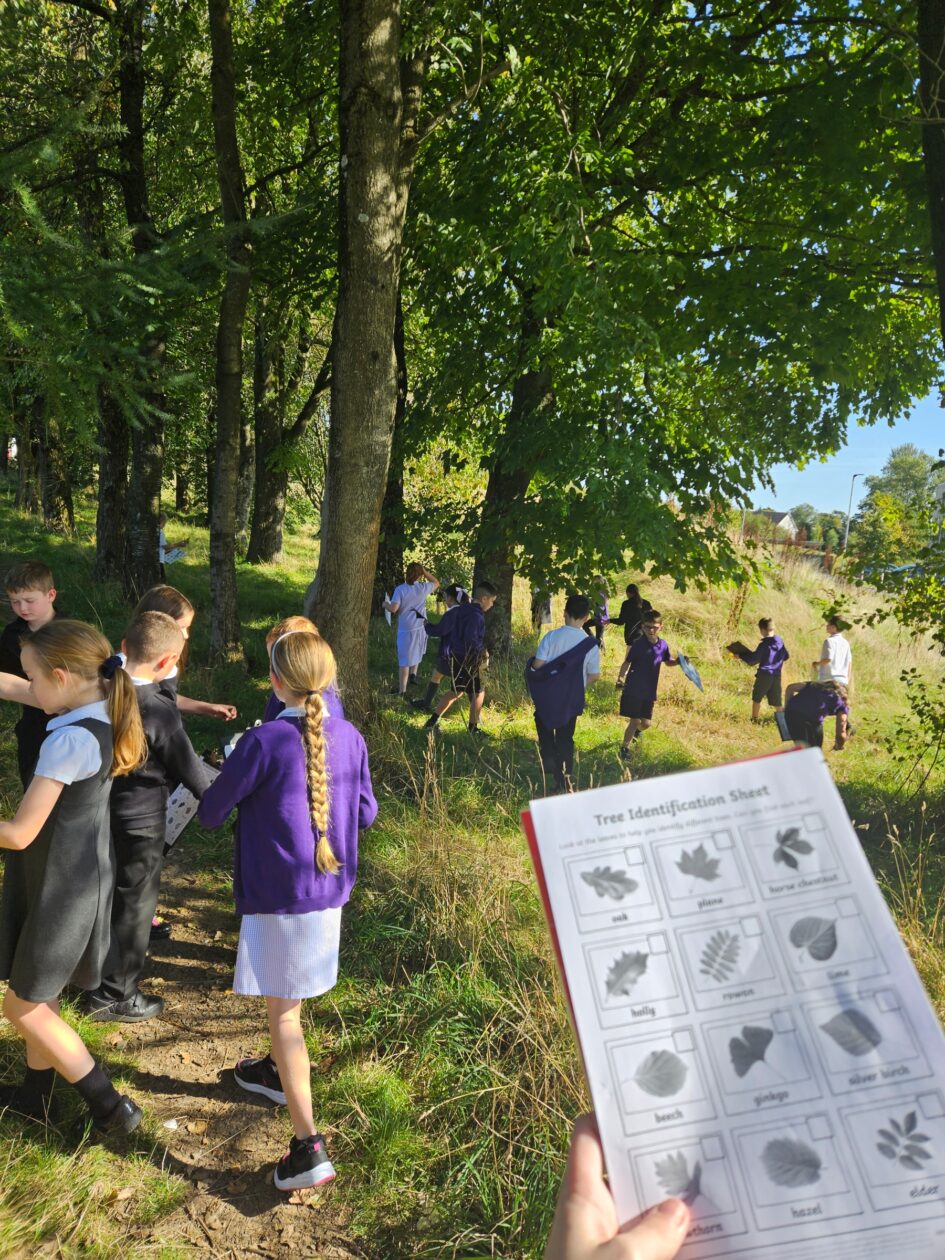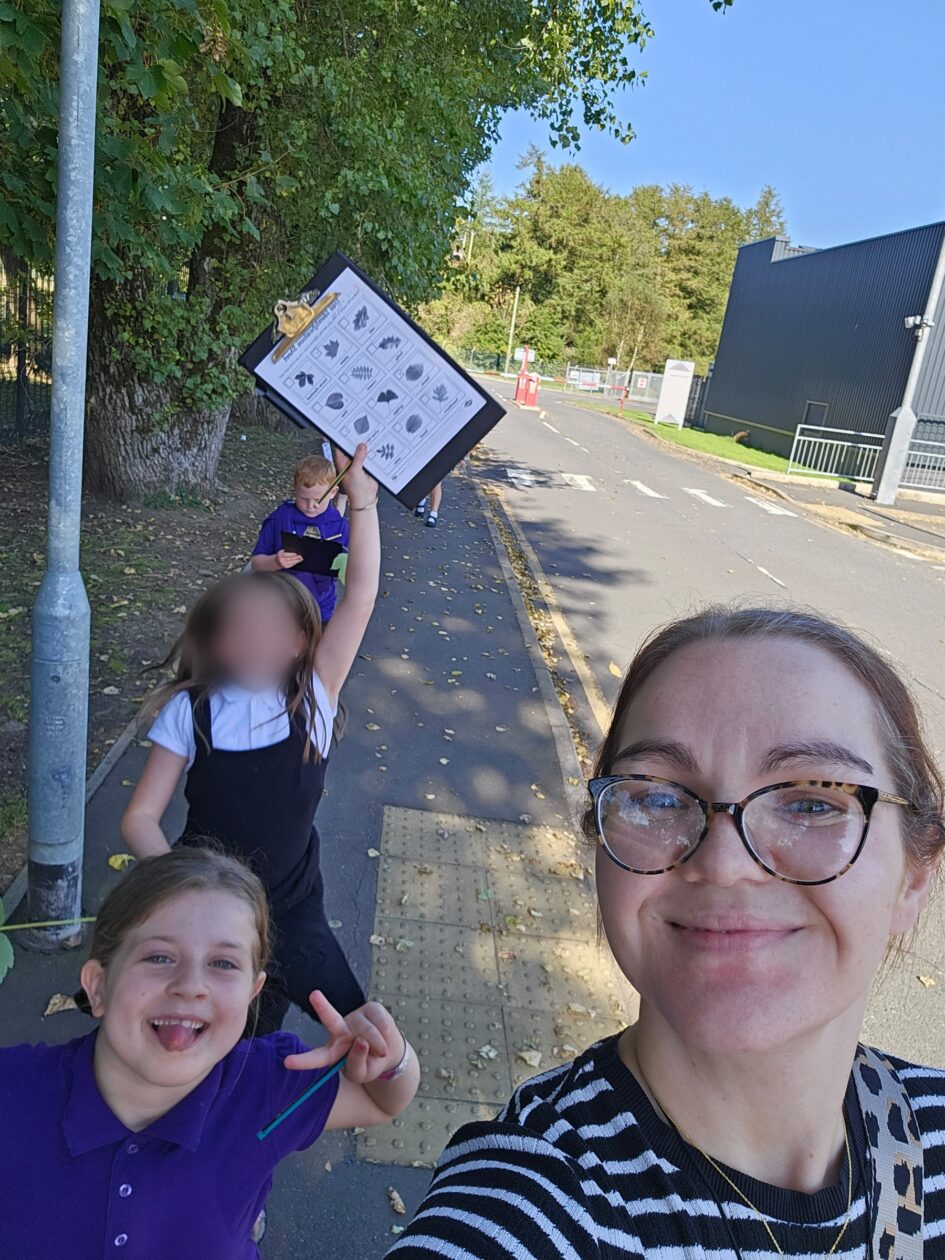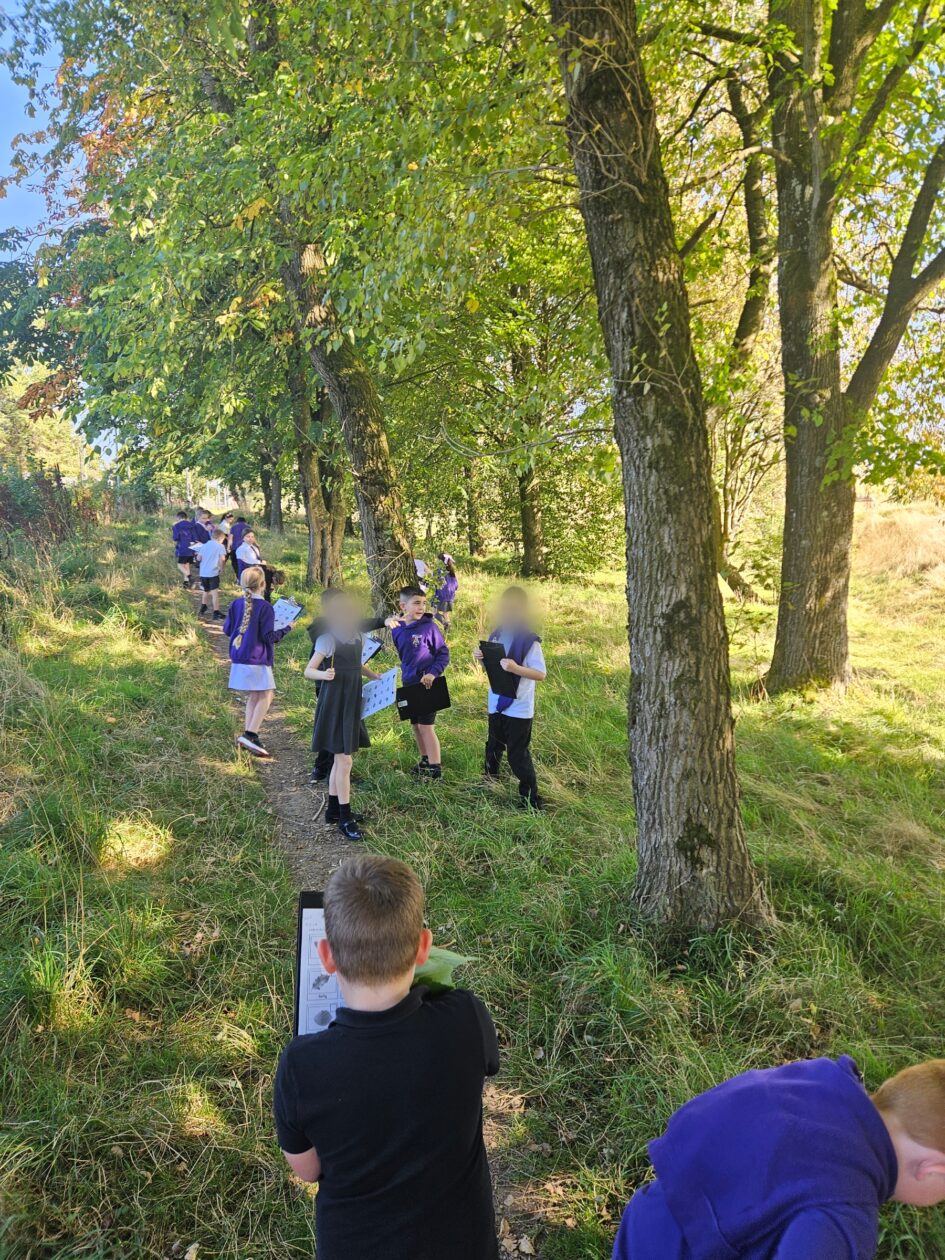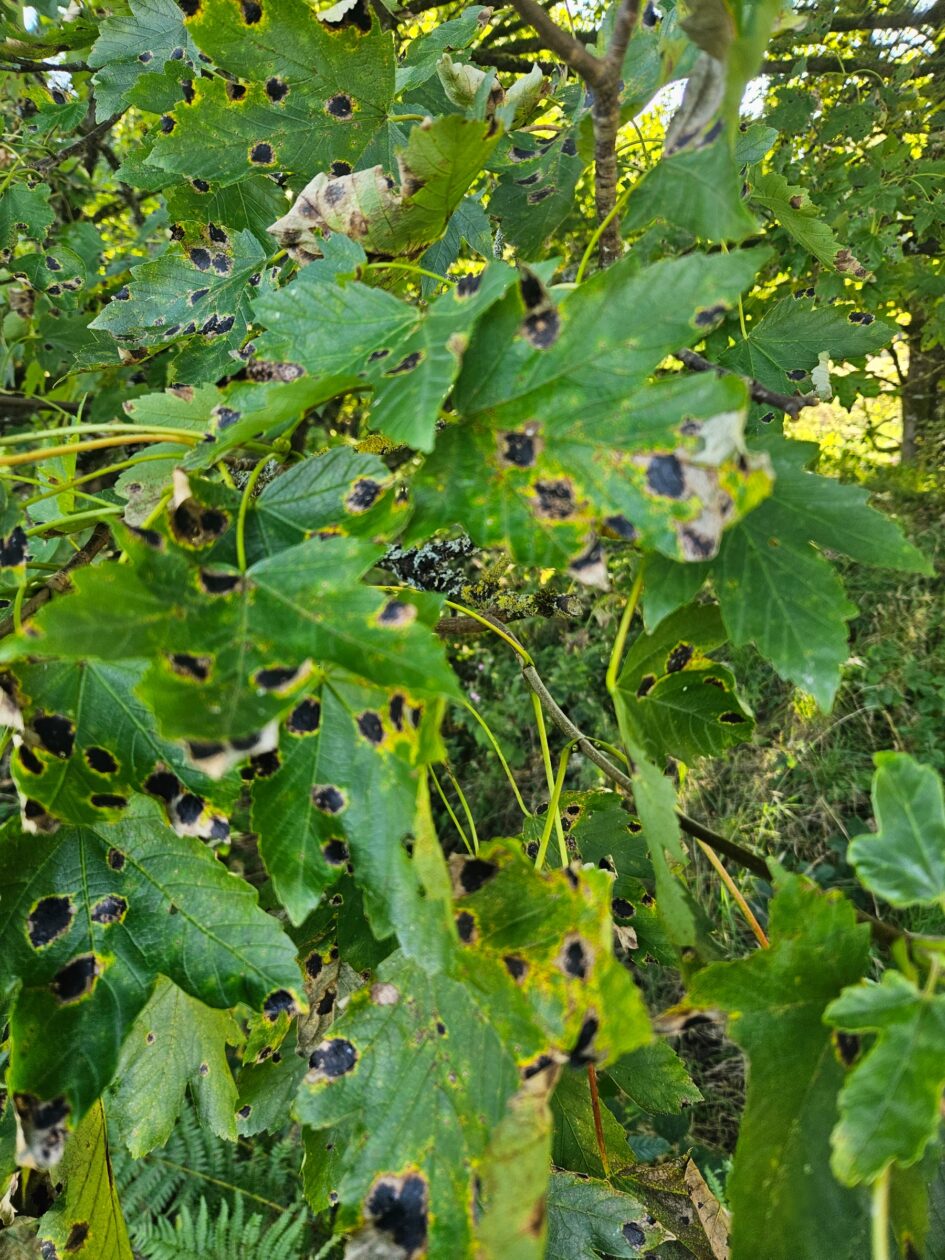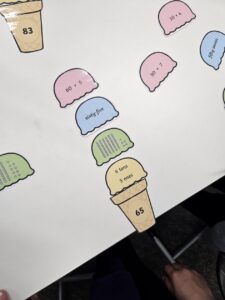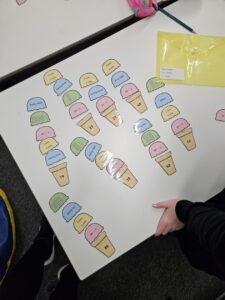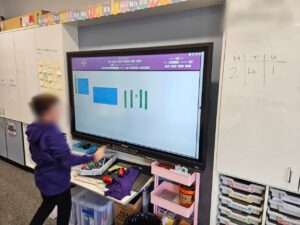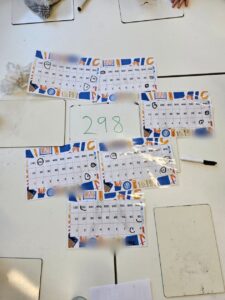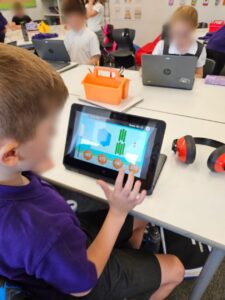P4S have been learning all about colour theory. This week we were learning how to make lighter and darker tones of a colour by adding in white and black. Next week, we are going to use what we have learned about tones to make a monochromatic picture. Some of our P4S pupils had this to say about the learning:
- “If you add too much black into your colour, it wastes your colour.”
- “I learned that black and white aren’t really colours, they are shades.”
- “The more white you add, the paler the colour gets.”
